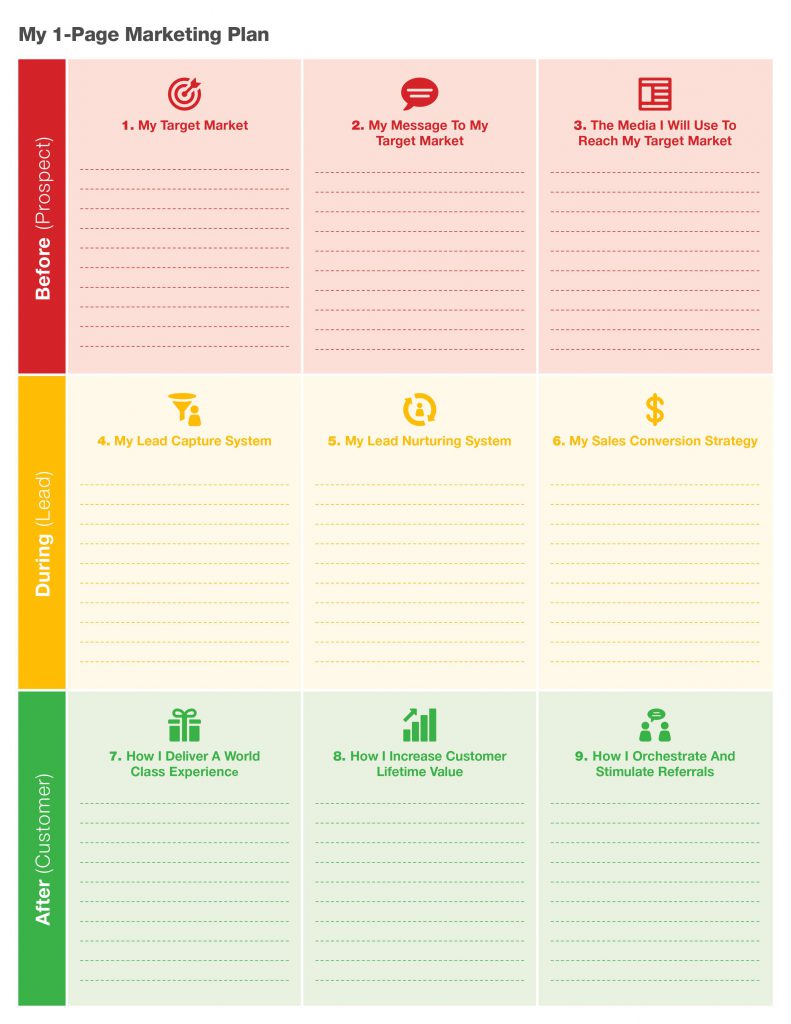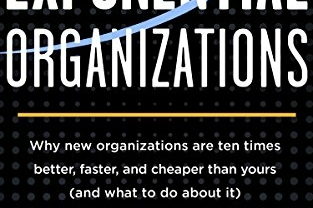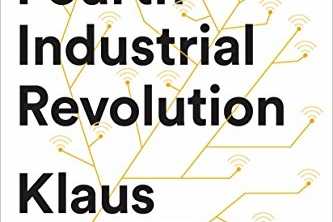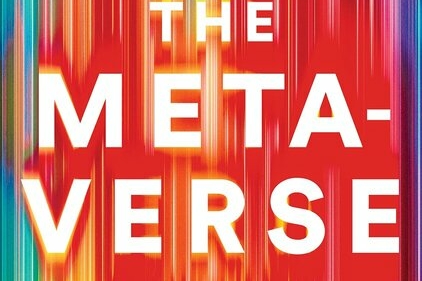For the entrepreneur time is not money. Value is money. Time is just one of the inputs it takes to deliver value to the market. Make marketing a daily process.
In The 1-Page Marketing Plan: Get New Customers, Make More Money, And Stand Out From The Crowd, serial entrepreneur Allan Dib describes the one-page marketing plan which includes 3 block headings in nine squares. The 1-Page Marketing Plan is a simple framework for creating a marketing plan for your business.

Before (Prospect)
- My Target Market
- My Message to my target market
- The media I will use to reach my target market
During (Lead)
- My Lead capture system
- My Lead nurturing system
- My sales conversion strategy
After (Customer)
- How I deliver a world class experience
- How I increase customer lifetime value
- How I orchestrate and stimulate referrals
Most businesses fail
The statistics vary on exactly what percentage of businesses fail within the first five years. Some estimates put it as high as 90%.
Just because you’re good at the technical thing you do doesn’t mean that you are good at the business of what you do.
Low-paid, self-created Job
It’s very common for small businesses to never grow past the point at which they generate just enough profit for the owner(s) to make a modest living. It seems that no matter how hard the owner(s) try, their efforts to get to the next level just lead to frustration. At this point one of two things happens. Either they get disillusioned or they just accept their fate—that their business is nothing more than a low-paid, self-created job.
In fact the reality is that many business owners would probably be better off just finding a job in their industry. They would likely work fewer hours, have less stress, enjoy more benefits and more holiday time than in the prison they have created for themselves.
Advertising vs Promotion vs Publicity vs PR vs sales vs Marketing
Here’s the simplest, most jargon-free, definition of marketing you’re ever likely to come across:
- If the circus is coming to town and you paint a sign saying “Circus Coming to the Showground Saturday,” that’s advertising.
- If you put the sign on the back of an elephant and walk it into town, that’s promotion.
- If the elephant walks through the mayor’s flower bed and the local newspaper writes a story about it, that’s publicity.
- And if you get the mayor to laugh about it, that’s public relations.
- If the town’s citizens go to the circus, you show them the many entertainment booths, explain how much fun they’ll have spending money at the booths, answer their questions and ultimately, they spend a lot at the circus, that’s sales.
- And if you planned the whole thing, that’s marketing.
Marketing is the strategy you use for getting your ideal target market to know you, like and trust you enough to become a customer. All the stuff you usually associate with marketing are tactics.
Direct response marketing
Direct response marketing is designed to evoke an immediate response and compel prospects to take some specific action, such as opting-in to your email list, picking up the phone and calling for more information, placing an order or being directed to a web page.
The 1-Page Marketing Plan is a tool that helps you implement direct response marketing in your business without needing to spend years studying to become an expert. It’s a guided process that helps you create the key elements of a direct response campaign for your business quickly and easily.
The Three Phases of the marketing journey
Before (Prospect) – Get them to know you and indicate interest
At the beginning of the “before” phase, prospects typically don’t even know you exist. The successful completion of this phase results in the prospect knowing who you are and indicating interest.
The goal of this phase is to get your prospect to know you and respond to your message. Once they’ve indicated interest by responding, they become a lead and enter the second phase of your marketing process.
During (Lead) – Get them to like you and buy from you for the first time
At the beginning of the “during” phase, leads have indicated some interest in your offer. The successful completion of this phase results in the prospect buying from you for the first time.
After (Customer) – Get them to trust you and buy from you regularly and refer
At the beginning of the “after” phase, customers have already given you money. The after never ends and when executed correctly, results in a virtuous cycle where the customer buys from you repeatedly and is such a fan of your products or services that they consistently recommend you and introduce you to new prospects.
ACT 1 – The “Before” Phase
Selecting your target market
Selecting your target market is a crucial first step in the marketing process. Doing so will ensure your marketing message resonates better, which in turn will make your marketing far more effective. By focusing on the right target market for your business, you’ll be able to get a better return on the time, money and energy you invest.
To be a successful small business marketer you need laser-like focus on a narrow target market, sometimes called a niche.
Inch Wide vs Mile Deep
The type of niches that you want to go after are “an inch wide and a mile deep. An inch wide meaning it is a very highly targeted subsection of a category. A mile deep meaning there’s a lot of people looking for a solution to that specific problem. Once you dominate one niche, you can expand your business by finding another profitable and highly targeted niche, then dominate that one also.
Dominate a niche, then once you own it, do the same with another and then another. But never do so all at once. Doing so dilutes your message and your marketing power.
Crafting your message
To stand out from the crowd you need to craft a compelling message that grabs the attention of your target market. Once you have their attention, the goal of your message is to compel them to respond.
Rather than trying to sell directly from your ad, simply invite prospects to put their hand up and indicate interest. This lowers resistance and helps you build a marketing database—one of the most valuable assets in your business.
Marketing is an uphill battle if you haven’t clearly clarified first in your mind why your business exists and why people should buy from you rather than your nearest competitor.
People buy from people
The fact is people buy from people, not from corporations. Building relationships and rapport is well understood in the world of one-to-one sales; however, for some reason when it comes to the one-to-many position of being a marketer, many business owners think they need to put their personality aside and behave like a faceless corporation. Copywriting is salesmanship in print. You need to write your sales copy as though you were talking directly to a single person.
The five major motivators of human behavior, especially buying behavior are: Fear, Love, Greed, Guilt, Pride.
When spending money on marketing one of the following three things will occur:
- Your marketing fails (i.e. you make less in profit than you spent on your marketing expenses).
- You have no idea if your marketing was a success or failure because you don’t measure the results.
- Your marketing succeeds (i.e. you make more in profit than you spent on your marketing).
ACT II – The “During” Phase
In the “during” phase you’re dealing with leads. Leads are people that know you and have indicated interest in what you have to offer by responding to your marketing message. In this phase you’ll capture these interested leads in a database system, nurture them with regular value-building information and convert them into paying customers.
The goal of this phase is to get your leads to like you and what you have to offer enough to buy from you for the first time. Once they’ve bought from you, they become a customer and enter the third and final phase of your marketing process.
Capturing Leads
Capturing leads in a database system for future follow-up is critical to your marketing success. This is because only a very small percentage of interested leads may be ready to purchase from you immediately. Lead capture is all about properly handling interest and building your future sales pipeline.
Nurturing Leads
Nurturing leads is the process of taking people from being vaguely interested in what you have to offer to desiring it and wanting to do business with you. The lead nurturing process ensures that leads are interested, motivated, qualified and predisposed to buying from you before you ever try to sell to them.
The Shock and awe package
A shock and awe package is essentially a physical box that you mail or deliver to prospects full of unique benefit-laden assets related to your business and industry.
A shock and awe pack should do three things:
- Give your prospect amazing, unexpected value
- Position you as an expert and trusted authority in your field
- Move your prospect further down the buying cycle than they would otherwise have been
Sales Conversion
Sales conversion is all about creating enough trust and demonstrating enough value to motivate interested leads to become paying customers. Positioning yourself correctly will make the sales conversion process easy and natural for both you and your customer.
Act III – The After phase
In the “after” phase you’re dealing with customers. Customers are people that like you and what you have to offer enough to have paid you money at least once. In this phase you’ll turn your customers into raving fans by delivering a world class experience. You’ll then find ways of doing more business with them and increasing their lifetime value. Finally you’ll create an environment where referrals continually come your way.
The goal of this final phase is to get your customers to trust you and buy more from you. This phase continues in an ongoing “virtuous cycle” where you deepen your relationship with customers, do more business with them and get more referrals.
Sell Them What They Want But Give Them What They Need
No one cares about your logo, company name or some dubious claim about being the leader in your industry. They want to know about what your product will do for them, and your backstory is essential to this.
Branding
When all is said and done, branding is something you do after someone has bought from you, rather than something you do to induce them to buy from you. In the same way that you get a sense of someone’s personality after you’ve dealt with them, so too it is with your business and its personality or brand.
Brand equity is the goodwill you build up that compels people to do business with you rather than your competitor.
Time is not money
For the entrepreneur time is not money. Value is money. Time is just one of the inputs it takes to deliver value to the market. Make marketing a daily process.
Download The 1-Page Marketing Plan


